How do you seal windows from the exterior for water and air but not create a vapor seal?
I am following your technique to seal the windows from inside that is to use Rockwool to insulate the gap and tape for water, air and vapor barrier. I am concern that taping it outside might cause the vapor sandwich which I want to avoid. I am not sure what you have done for 2015 model home for exterior.
Your help on this is highly appreciated.
Thank you.



















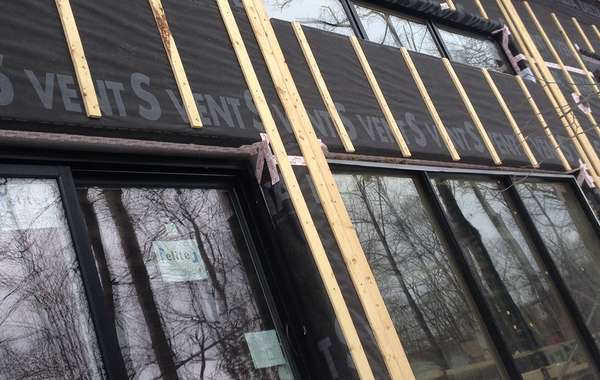
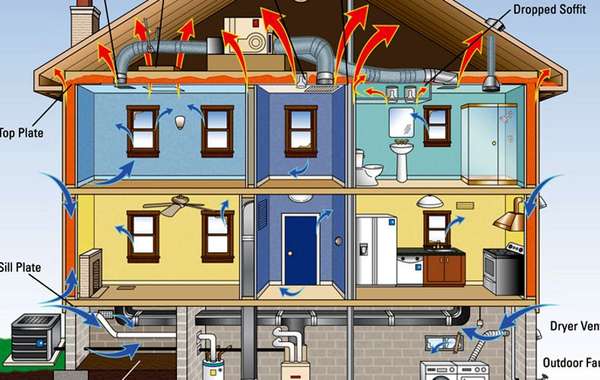
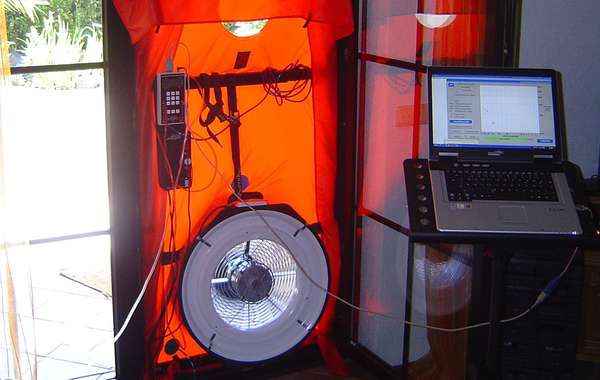
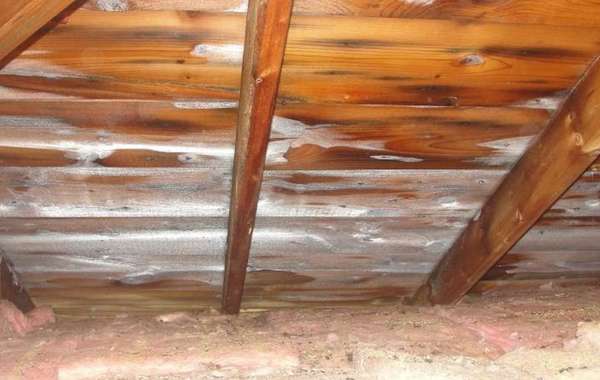
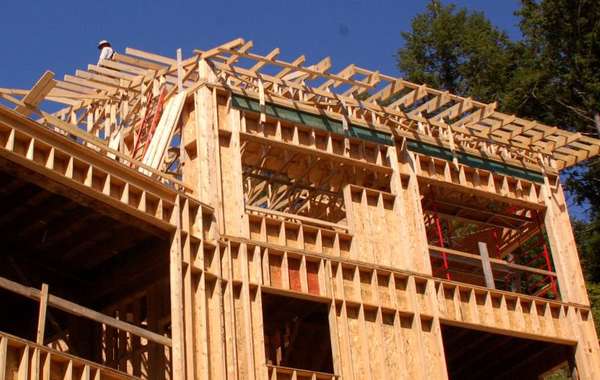


I guess you saw our DIY video on how to install windows in our Edelweiss House videos. If you did then you know we tried two approaches, backer rod and caulking as well as taping the window to the rough opening, on the interior side, no tape was installed on the exterior. If there is no hole where air can escape on one side of the wall then it won’t enter on the other side, so one air barrier is enough. We covered the exterior gap with wood, and caulked at the joints and junctions to prevent water from entering.
We were really happy with the air seal the tape provided, and when we conducted our blower door test we didn’t find a single leak through the taped windows but we found a few where it was caulked. Though that is more than likely a quality of work issue, if you are very cautious with your tape installation it’s a bit easier to ensure you’ve sealed it properly that with caulking in our experience.
As for your moisture concerns, there wouldn’t be a lot of moisture buildup in an airtight space that small even if you did tape both sides. Think about it like any section of a typical wall – you have a vapour barrier on one side, insulation, and wood sheathing on the exterior. With our window installation technique we had the same: a vapor / air barrier (tape) on the interior, insulation in the cavity, and wood on the exterior. In The absence of any leaks, the source of any moisture in there would be the framing lumber itself, which as an ability (or at least should have the ability) to dry to the other side.
The most important thing to make sure there is no moisture buildup between windows and rough openings is to prevent any air leaks, as warm humid air leaking out in winter will deposit moisture in that very spot you are concerned about. Again, that’s why we are more confident in the tape.
A lot of people use spray foam in that cavity, that is a technique we ourselves find can lead to more moisture problems. The reason for that is spray foam can become brittle and diminish its ability to maintain a proper air seal over the long term in the event of any shifting. A high-quality tape (and I stress a HIGH quality – Airstop, Siga, Delta Multiband are a few names) will allow for a certain amount of movement and and not affect the air seal. Your typical roll of low-priced building tape becomes brittle in a fairly short period of time and is prone to cracking and coming unadhered. When air-sealing a home, its very much worth the extra money it costs to get a better tape.